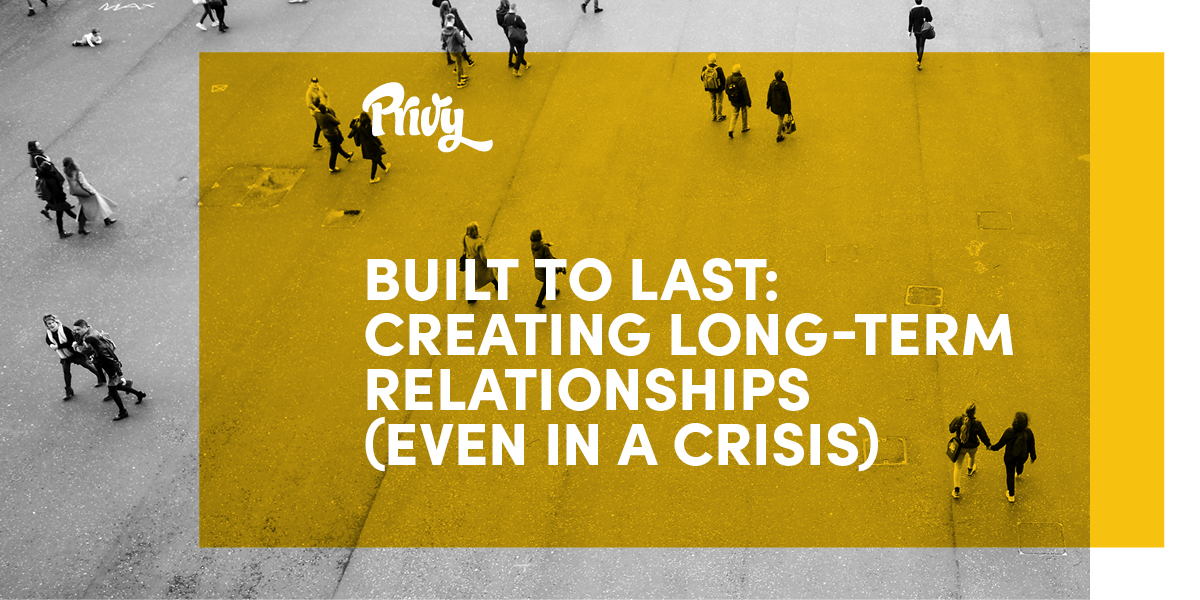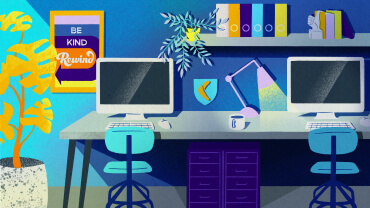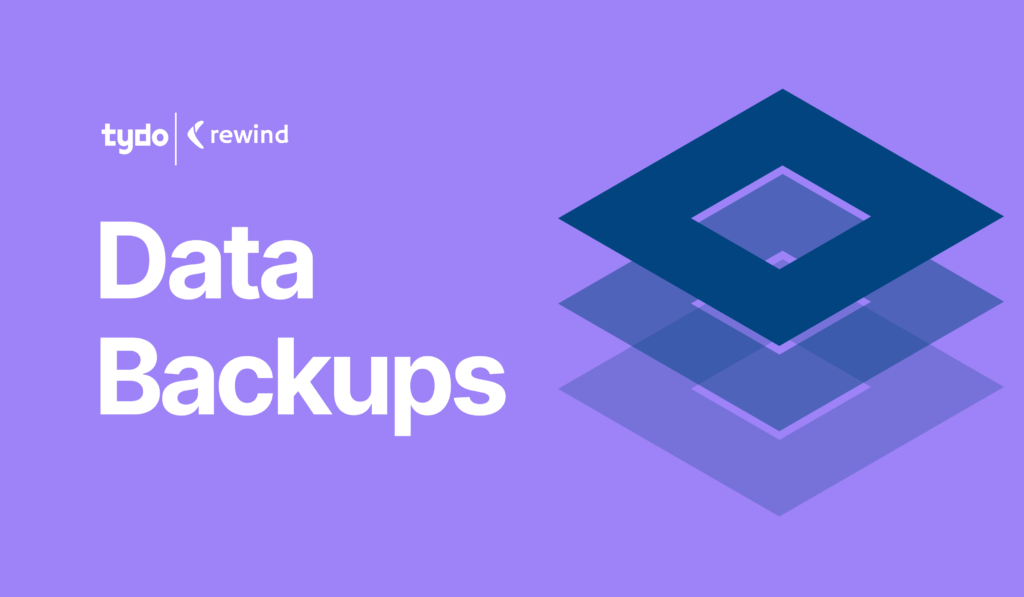In a Covid-19 world, online shopping is on the rise. In Rewind’s Elevating Your Ecommerce Business During the Global Pandemic, it was reported that between March and April 2020 alone, ecommerce sales rose to an average of 65%. As well, transaction volumes were up 74% in March compared to March 2019.
Online shoppers may be buying more online but they aren’t impulsive. 81% of shoppers conduct online research before purchasing a product. What does this mean? Building long-term relationships with consumers is critical to
establishing trust with new customers and more importantly, turning them in repeat clients.
Repeat clients are cheaper to bring back and they spend more. According to Invesp, it costs five times as much to attract a new customer than to keep an existing one. An existing customer is 50% more likely to try new products and spend 31% more than a new customer.
So retaining customers and building brand loyalty will not only save money, but can actually increase sales revenue. You don’t need to look far for the power of brand loyalty. BGR reports that 90.5% of current iPhone users plan to stick with Apple the next time they purchase a new phone. Likewise, a total of 86% of Samsung users plan to buy a Samsung as their next smartphone.
So how do you build up brand loyalty and long-term relationships? Communication, communication, communication. An app like Privy, for example, is already helping 500,000 ecommerce brands communicate with their consumer bases through onsite messaging and email marketing.
One of the main things to communicate is whether or not your store is able to fulfil orders at this time. Tell consumers if your store is open, what products are available and what aren’t, and the safety precautions taken while handling orders. Also, communicate whether there will be a delay in shipping the order to them.
Try your best to keep messaging short, sweet, and simple. The average consumer has an eight-second attention span. People don’t want to read long-winded messages right off the bat. Use blogs, newsletters, and email campaigns to share urgent, sensitive, or longer messages. If you’re unable to fulfil orders, explain the challenges you’re facing and your company’s long-term goals. Promoting your company’s brand, values, and challenges will allow you to re-engage with potential consumers when supplies return.
Another way to forge brand loyalty is to promote the brand’s consciousness. What are you doing to create a positive change in society? Are you donating to specific charities? Or planting trees for every item purchased? Are you using recycled and eco-friendly materials for production and shipping?
According to Forbes, 88% of consumers want brands to help them improve their environmental and social footprint. Over one-third of conscious consumers are willing to pay 25% more for sustainable products. Half of digital consumers say that environmental concerns impact their
purchasing decisions. The takeaway here; consumers are more likely to buy from brands they feel reflect their social and ethical values.
All these tips are just the start. There are more ways to increase brand loyalty and retain consumers than communicating brand values, challenges, and goals. Learn more about establishing long-lasting consumer relationships in Rewind’s ebook, Elevating Your Ecommerce Business During the Global Pandemic.



